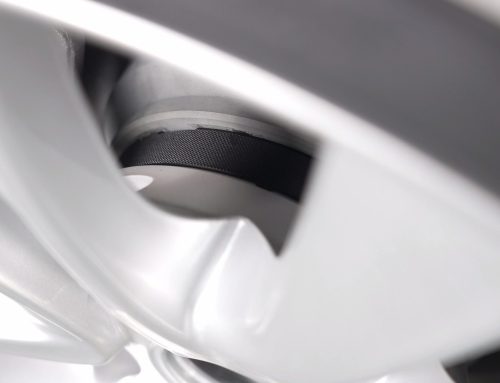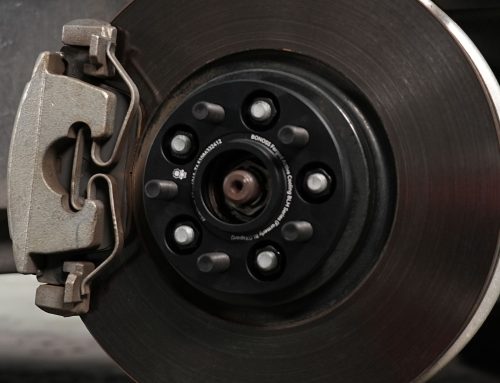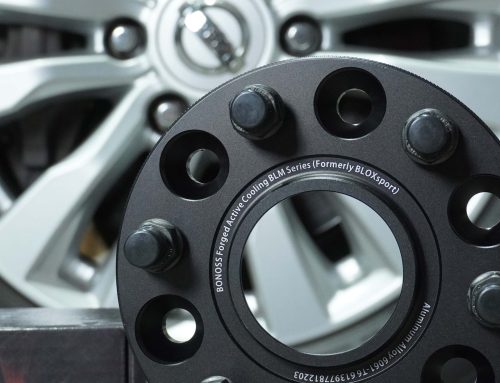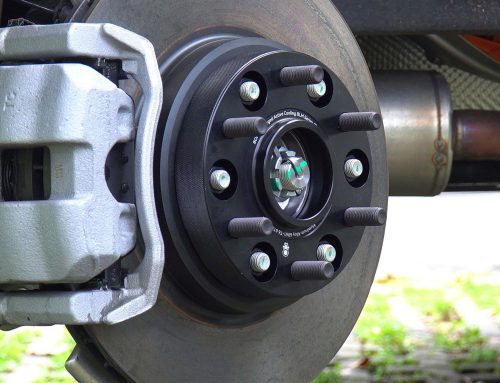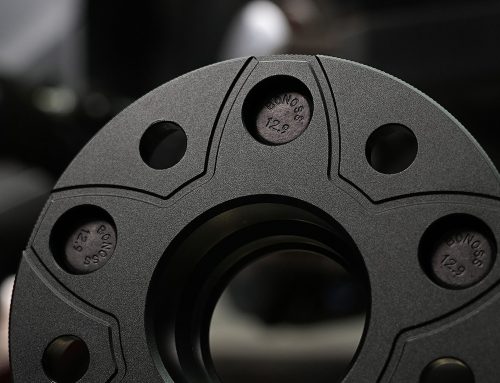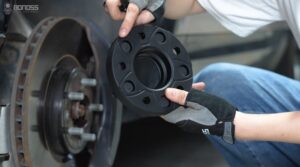
Range Rover wheel spacers are devices that you can attach to the hub of your vehicle to create more space between the hub and the wheel in your Land Rover. They can help you enhance the look, performance, and fitment of your wheels and tires. In this post, we will explain how to install wheel spacers on your range rover, why you might want to use wheel spacers on your range rover, what are the best wheel spacers for your range rover model and year, and what are the legal and safety issues that you should be aware of when using wheel spacers on your range rover.
The Benefits of Range Rover Wheel Spacers
Better handling – Wheel spacers can make your vehicle handle better by widening its track width and lowering its body roll. This can improve your vehicle’s stability, cornering, and steering response, especially at high speeds or on uneven terrain.
Better appearance – Wheel spacers can make your vehicle look better by moving your wheels outwards and filling up the wheel arches. This can give your vehicle a more aggressive and sporty look, as well as highlighting your wheels and tires.
Better fitment – Wheel spacers can make your vehicle fit better by allowing you to use wider or larger wheels or tires on your range rover without rubbing or interference issues. They can also adjust the offset of your wheels and tires, which can affect the alignment and balance of your vehicle.
The Best Range Rover Wheel Spacers for Your Model and Year
You need to choose the right ones for your specific model and year of range rover.
Thickness and bolt pattern – These are the two aspects of the size of the wheel spacers. The thickness affects how far the wheels will move out from the hub, and the bolt pattern affects how the spacers will align with the hub and the wheel. You want to choose a thickness that will give you enough space for your wheels and tires, but not too much that will put too much pressure on your suspension or steering parts. You also want to choose a bolt pattern that will fit with your hub and wheel, or use adapters if needed.
Hub-centric and lug-centric – These are the two aspects of the fitment of the wheel spacers. Hub-centric means that the spacers have a center hole that matches with the diameter of your hub. This will make sure that the spacers fit tightly and securely, and prevent any shaking or noise. Lug-centric means that the spacers have lug holes that match with the number and size of your lug nuts or bolts. This will make sure that the spacers are torqued properly and evenly, and prevent any loosening or breaking.
Material and brand – These are the two aspects of the quality of the wheel spacers. You want to choose wheel spacers that are made of high-quality materials, such as aluminum or steel, that are strong, durable, and resistant to corrosion or wear. You also want to choose wheel spacers that are made by reliable manufacturers that have good feedback and ratings from other customers.

How to Install Range Rover Wheel Spacers
Installing wheel spacers on your range rover is not a difficult task, but it requires some basic tools and skills. Here are the steps and tools that you need to install wheel spacers on your range rover:
- Jack up the vehicle – You need to lift the vehicle off the ground using a jack and jack stands. Make sure you place the jack stands under the appropriate points of the vehicle and secure them properly. You also need to chock the wheels that are not being lifted to prevent the vehicle from rolling.
- Remove the wheels – You need to use a lug wrench or a socket wrench to loosen and remove the lug nuts that hold the wheels in place. Then, you can pull off the wheels from the hub and set them aside.
- Clean the hub surface – You need to use a wire brush or a rag to clean the hub surface where the wheel spacers will be mounted. You want to remove any dirt, rust, or grease that might interfere with the fitment of the wheel spacers.
- Mount the spacers – You need to align the holes of the wheel spacers with the studs of the hub and slide them onto the hub. Make sure they are flush with the hub surface and there is no gap between them. Some wheel spacers come with bolts or nuts that you need to tighten using a torque wrench according to the manufacturer’s specifications.
- Reinstall the wheels – You need to align the holes of the wheels with the studs of the wheel spacers and slide them onto the spacers. Then, you need to use a lug wrench or a socket wrench to tighten the lug nuts in a star pattern until they are snug. Do not over-tighten them as this might damage the threads or cause uneven pressure on the wheel.
- Tighten the lug nuts – You need to lower the vehicle from the jack stands and remove them. Then, you need to use a torque wrench to tighten the lug nuts according to the manufacturer’s specifications. You should check the torque settings again after driving for a few miles and retighten them if necessary.
Some troubleshooting tips and common mistakes to avoid when installing wheel spacers are:
- Check for clearance issues – Before driving with wheel spacers, you should check for any clearance issues between the wheels, tires, brakes, suspension, or fenders. You can do this by turning the steering wheel from lock to lock and inspecting for any rubbing or interference. If you notice any problems, you might need to adjust or trim some components or use different size or offset wheels or tires.
- Check for vibrations or noises – After driving with wheel spacers, you should check for any vibrations or noises that might indicate improper installation or fitment of the wheel spacers. If you feel any wobbling or shaking in your steering wheel or pedals, or hear any clunking or squeaking sounds from your wheels, you might need to recheck and retighten your lug nuts or bolts, or use hub-centric rings or adapters to eliminate any gap between the hub and spacer.
- Check for corrosion or damage – Periodically, you should check your wheel spacers for any signs of corrosion or damage that might affect their performance or safety. You should look for any cracks, chips, rust, or wear on your wheel spacers and replace them if necessary. You should also clean your wheel spacers regularly with mild soap and water and apply anti-seize compound on your lug nuts or bolts to prevent them from seizing.
Which Range Rover wheel spacers are worth running?
BONOSS Range Rover wheel spacers are one of the top options on the market for your car. They are made of forged aluminum alloy of 6061-T6 or 7075-T6 grade, which is lighter and stronger than common steel spacers. They also have a unique knurled design on the surface, which improves the appearance of spacers.
Moreover, BONOSS Range Rover wheel spacers are hub-centric, which means they fit the center bore of the wheel hub perfectly, ensuring a precise and secure fit. This eliminates any possibility of vibration or wobbling at high speeds. They are a great way to enhance your car’s performance and look, and they are compatible with most cars and wheels on the market. They are also safe, reliable, durable, and affordable.
You can buy them online or at your nearest auto parts store. To purchase BONOSS Range Rover wheel spacers online, you just need to go to our website www.bonoss.com, and choose your car model and year from our product list. You can also reach us by email or phone if you have any inquiries or need any help. We can ship worldwide and offer a 10-year warranty for BONOSS Range Rover wheel spacers.
BONOSS Range Rover wheel spacers are not just regular wheel spacers. They are wheel spacers that can make a difference in your driving experience. Try them today and see for yourself! If you want to upgrade your car with BONOSS Range Rover wheel spacers, go to our website today and order yours online. You will love it!


